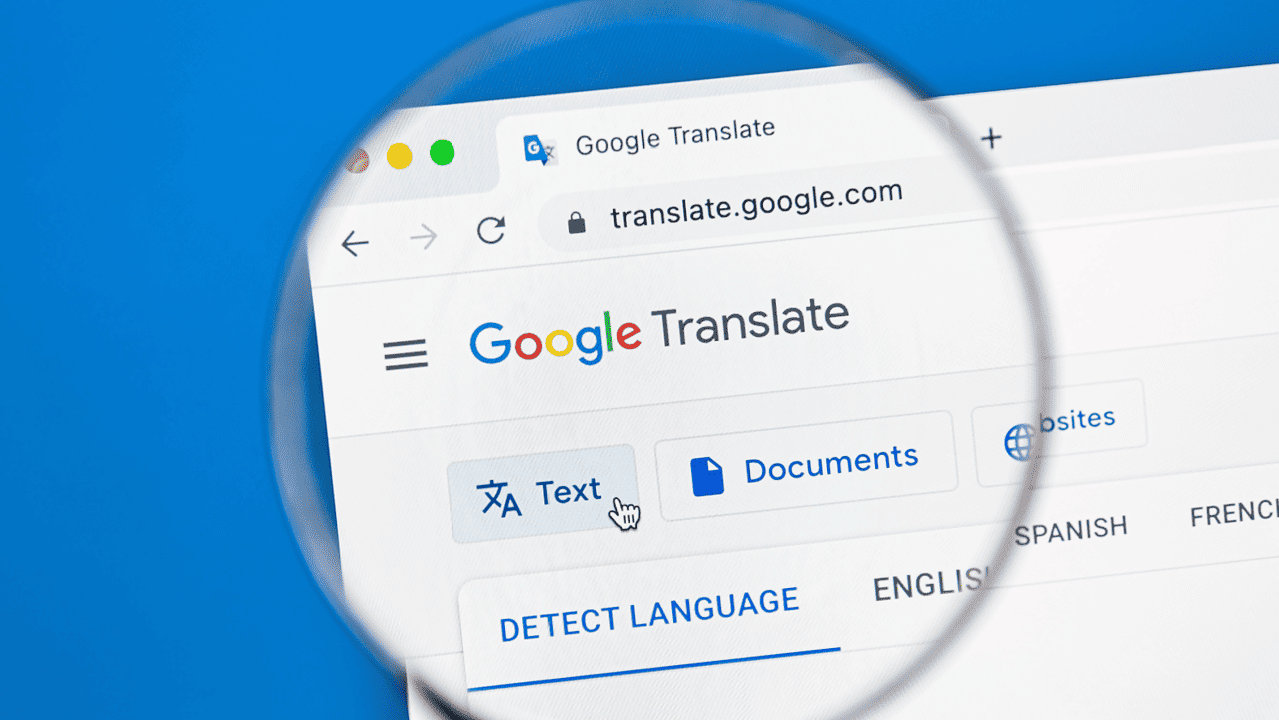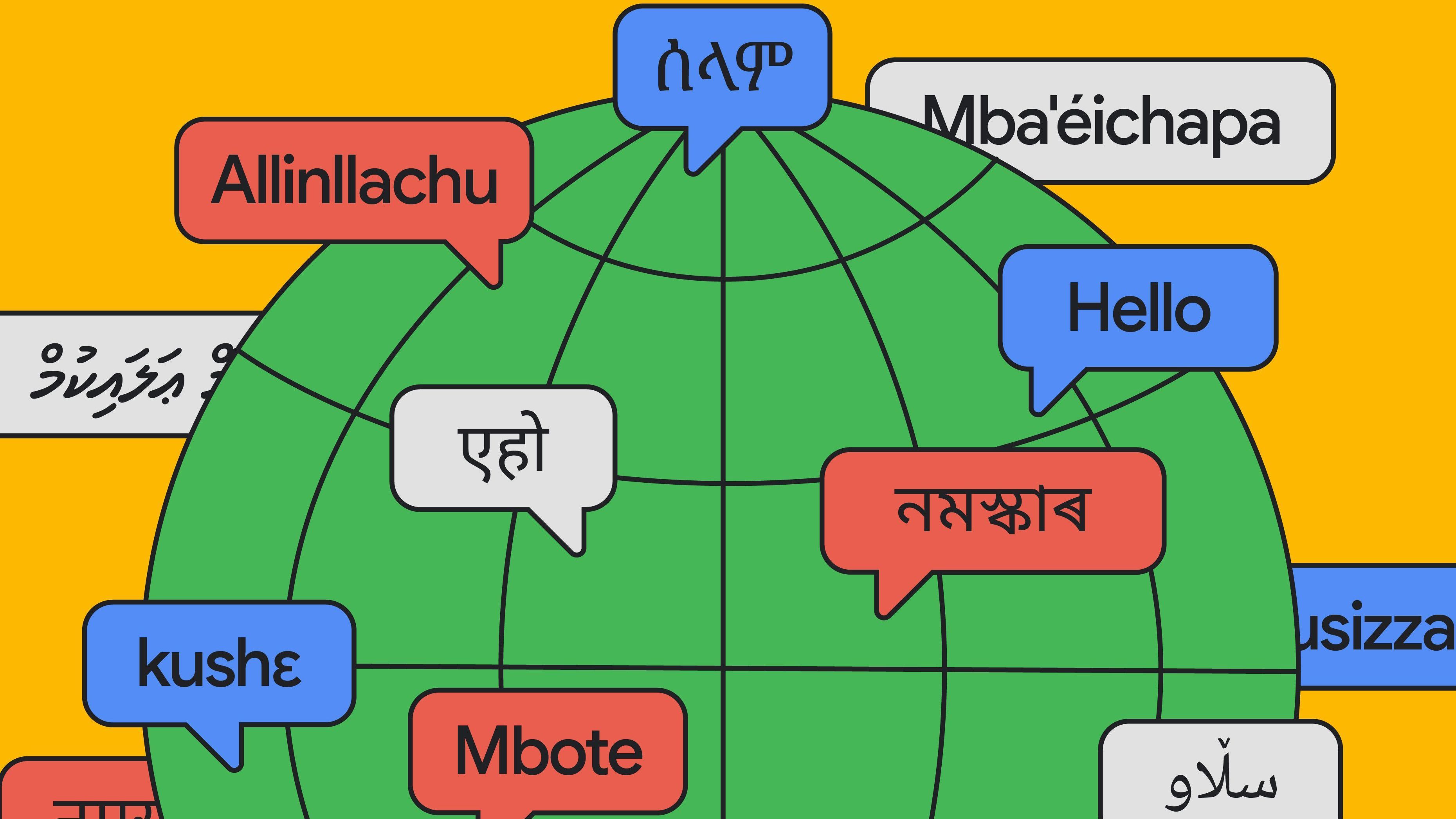Google Translate has become an indispensable tool in global communication, bridging language barriers and fostering understanding across cultures. Its significance cannot be overstated, especially in an increasingly interconnected world. The evolution of translation technology has been remarkable, with Google Translate emerging as a leader in the field. This article aims to explore 20 game-changing translation techniques, analyze the practicality of Google Translate, and delve into the future of translation technology.

Google Translate supports over 100 languages, making it a versatile tool for users worldwide. Its real-time and offline translation capabilities ensure accessibility even without an internet connection. The platform offers text, voice, and image translation, each with its unique advantages. Text translation is known for its accuracy, while voice translation provides convenience for on-the-go communication. Image translation, such as using the camera to translate text, has practical applications in various scenarios. Additionally, Google Translate's automatic language detection feature identifies input languages, though it has its limitations.
Google Translate is invaluable in everyday life, from travel and education to professional settings. It serves as a bridge for cross-cultural communication, facilitating understanding and collaboration. In the business and education sectors, it helps companies expand into international markets and supports multilingual learning. However, it has limitations, such as cultural nuances affecting translation accuracy and challenges with complex texts. User feedback plays a crucial role in product improvements.
The integration of AI and machine learning is set to revolutionize translation quality, offering personalized services tailored to individual needs. As globalization continues, translation technology will play a pivotal role in fostering multilingual communication. The future of translation tools lies in their ability to adapt and innovate, ensuring they remain relevant in a rapidly changing world.

Google Translate's accuracy varies across language pairs. Using techniques like context-based translation and editing suggestions can enhance precision.
Yes, Google Translate offers offline translation for selected languages, ensuring accessibility without an internet connection.
Image translation may struggle with complex layouts or poor image quality. Combining it with text translation can mitigate these issues.
The "Conversation Mode" allows users to engage in interactive dialogues by translating spoken language in real-time.
The future lies in the integration of AI and machine learning, offering more accurate and personalized translation services.
Google Translate has had a transformative impact on individuals, businesses, and society at large. By exploring and utilizing its diverse features, users can maximize its potential. As translation technology continues to evolve, staying informed about its advancements will be key to leveraging its benefits fully.